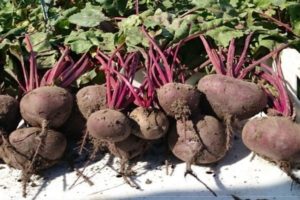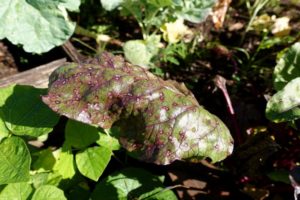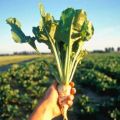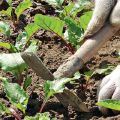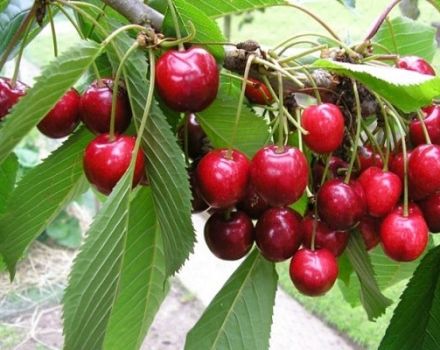Description and treatment of beet diseases, measures to combat them
Beetroot is considered an unpretentious vegetable that even beginners can grow. However, sometimes the cultivation of such a plant is accompanied by serious diseases, leading to a deterioration in yield and death of bushes. To maintain the health of beet bushes, it is recommended that you familiarize yourself with the description and treatment of beet diseases.
Disease Prevention: General Agricultural Techniques
Before you start planting, it is recommended that you familiarize yourself with the features of disease prevention so that beet diseases do not appear. There are a number of agrotechnical recommendations that should be followed when planting and growing this crop:
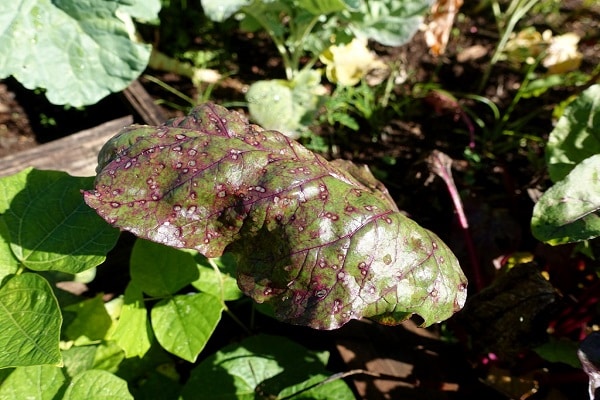
- Alternation of cultures. It is recommended to adhere to the correct crop rotation in order to reduce the number of infectious diseases in the soil.
- Site processing. Before planting, the soil must be treated with disinfectants.
- Liming. To provide reliable protection for the dining room sugar beet, carry out liming. For this, quicklime, flour and wood ash are added to the soil.
- Seed dressing. A prerequisite for growing and planting beets is considered to be the processing of seed. For this, the seeds are treated with antimicrobial mixtures and a manganese solution.
Common diseases
There are many common sugar beet diseases that growers encounter when growing this vegetable. It is recommended to familiarize yourself in advance with their distinctive features and medicinal folk remedies for restoring the leaves of beet bushes.
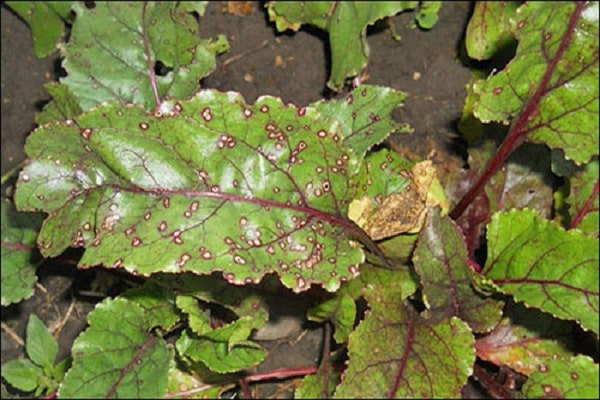
Corneed
All beet diseases are different and manifest in different ways. Cornedo is different from most common diseases, as this disease is considered complex. The development of the root eater is carried out by dozens of different bacteria and fungi, the action of which can lead to the death of all bushes.
Most often, the disease appears in waterlogged soil or due to frequent temperature changes. At first, the root-eater affects only the root system of the seedlings, which is why the roots gradually rot and darken. Then the rot spreads to the stem and leaves. Affected bushes grow worse, and the quality of their root crops deteriorates significantly.

It is recommended to start treating seedlings immediately after the first signs of root-eating appear. Without timely treatment, all infected bushes will darken and rot. To get rid of the disease, all seedlings are sprayed with the chemicals Tiram, Preficur or Fitosporin.
Cercosporosis
A common disease that is often encountered when growing beet bushes is cercosporosis. It is a fungal disease, the sources of which are often found in seed or spore-spread from infected plants to healthy ones. When in contact with seedlings, fungi multiply rapidly and infect the leaves. Most often, cercosporosis appears in the second half of June in rainy weather.
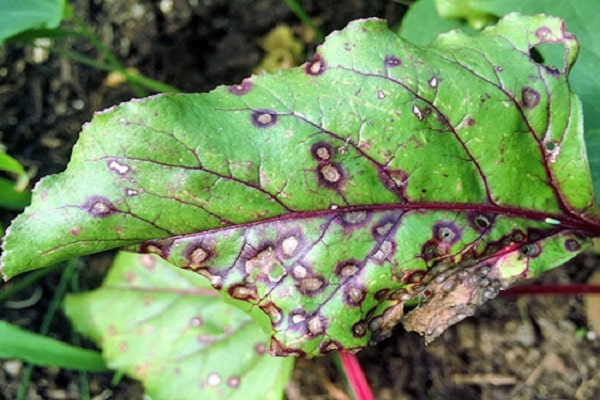
It is quite easy to identify bushes infected with this fungal disease. When a pathogen enters, small gray specks appear on the leaves of the bushes. Over time, all spots on the leaves are reduced to small black dots. Infected seedlings are weakened and root growth is impaired.
To prevent healthy beets from contracting cercospora, measures are being taken to combat this disease. To do this, all the tops of infected bushes are dug up and burned. Then the soil is treated with chemicals to destroy the pathogens of cercospora.
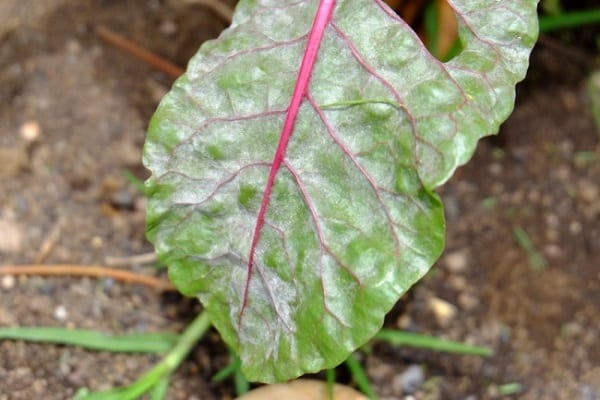
Ramulariasis
Beet ramularia is often confused with cercospora, as these diseases have very similar symptoms. With ramulariasis, spotting also appears on the leaves and the plant gradually dies. However, these diseases have a number of differences, the main of which is the color of the spots. In this case, the lesions are colored not dark, but light.
Also a distinctive feature is the size of the specks, which is 1–2 cm in diameter.
Most often, ramulariasis appears in the second half of summer in hot weather. First, spots appear on the lower leaves of the bushes, after which they gradually move to the petioles and tops. Platinum leaf on infected plants is destroyed and dies off completely.
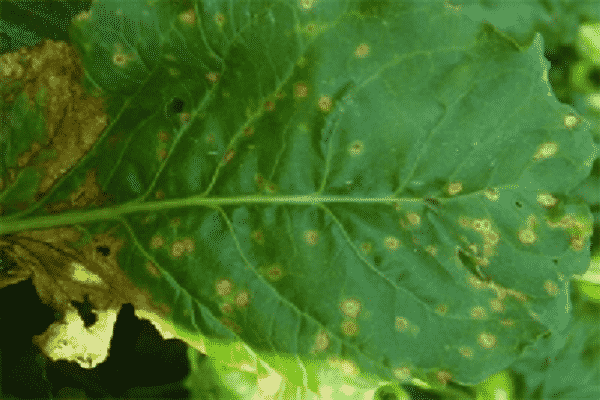
To stop the development of ramulariasis, all infected seedlings are treated with fungicidal solutions in the fight against the disease.
Fomoz
Some gardeners do not consider beet phomosis a serious disease, since it develops only at the end of the growing season after the root crops have ripened. However, do not underestimate the negative consequences of phomosis, as its symptoms appear even after a ripe harvest.
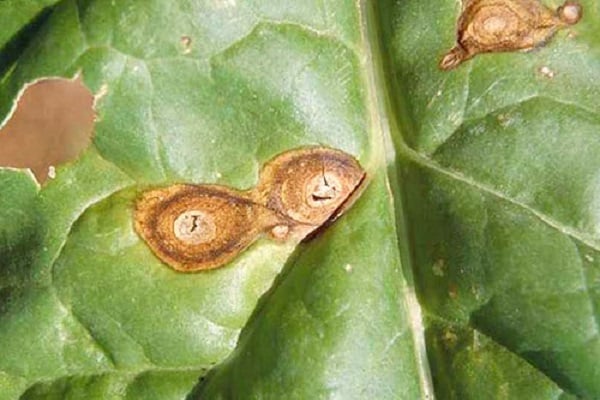
When such a disease appears, the plant becomes covered with large brown spots. At first they appear in the lower part of the bushes, but over time, the spotting spreads to the peduncles and petioles. Because of this, all the tops gradually dry out and you have to get rid of them earlier. If the treatment is not taken at the wrong time, after 1-2 months the entire harvested crop will turn black and deteriorate.
All infected plants should be regularly treated with medicinal fungicides.
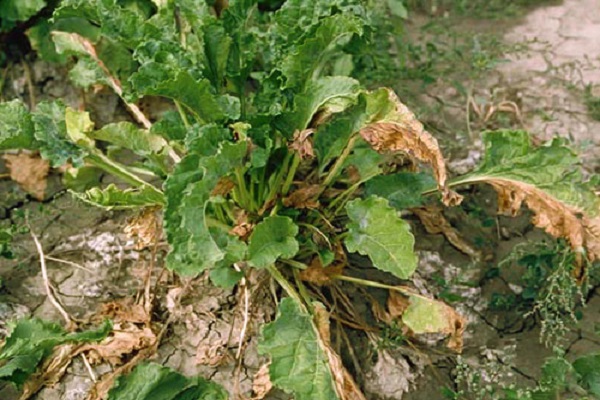
Peronosporosis
One of the most common diseases is beet peronosporosis, which most often affects beet bushes. The disease develops in spring or summer in conditions of high humidity. The characteristic signs of peronosporosis are the deformation of the leaves and their death.
The cause of the appearance of the disease is a fungus that infects healthy tops and completely covers it with yellow spots. Also, due to the influence of the fungus, a lilac or gray bloom appears on the surface of the sheets, in which spores of peronospora multiply. To preserve crops and protect them from this disease, you should disinfect the seed before planting and periodically treat the plants with fungicides.

Rope Rot
This disease of beetroot develops under the influence of fungi and other harmful microorganisms. The first signs of the disease appear at the end of summer. Root crops of the plant most often suffer from kagatny rot, the surface of which is gradually covered with mold. Over time, due to mold, the tissues of the fruit die off and decompose.
The reasons for the appearance of rot on root crops include low temperatures and low air humidity, due to which the roots lose their turgor. Also, the disease appears if, during cultivation, the soil is not fertilized with fertilizers.
To protect seedlings from kagat rot, you will have to adhere to certain recommendations. It is not recommended to plant beet varieties that do not have resistance to common diseases. Also, to preserve the fruits from rot, it is recommended to sort the entire harvested crop before storing and put the fruits with mechanical damage in a separate container.
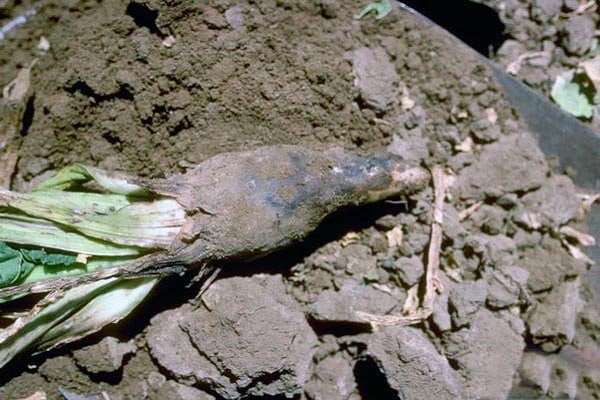
Fly, crawl, gnaw
Beet bushes suffer not only from diseases, but also from pests, which must be disposed of with folk remedies or other methods.
Beet flea
Often beet diseases are caused by a beet flea that attacks the bushes. This insect is considered quite dangerous, as it damages the young leaves of seedlings. Sometimes the pest does not stop at the leaves and eats the growth points, which is why the bushes cannot grow normally and die.
The main signs of the presence of beet leaf aphids include curling and complete drying of the leaves. It is recommended to heal the infected plants until the second generation of insects appears, which grows by mid-July. If you do not get rid of the beet flea in time, you will not be able to collect healthy beet roots.
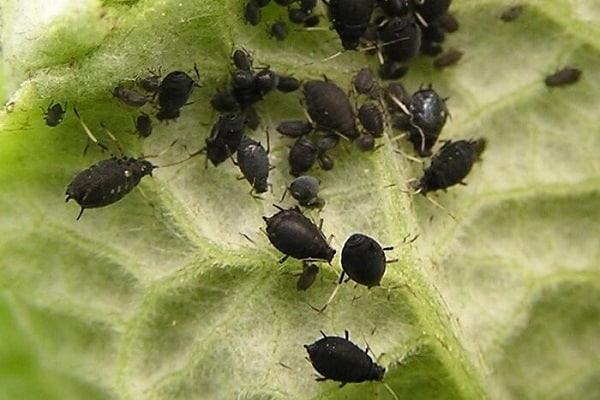
Beet miner fly
Often, beet seedlings are killed by the beet fly, which is considered a dangerous pest. The insect enters the bushes in the first half of May and lays eggs on them to breed the next offspring. Over time, larvae appear from the eggs, which feed on the leaf plate and completely eat away the affected tissues from it. The cavities formed on the sheets gradually dry out.
To protect bushes from beet miner flies and beet diseases, special pest and disease control measures are being taken. It is recommended to use insecticidal solutions prepared from Proteus or Maxi preparations.
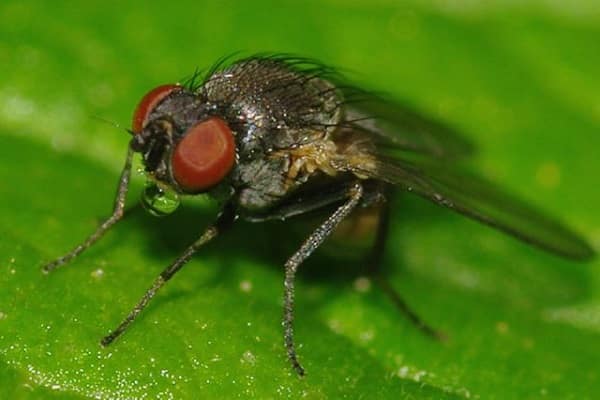
Conclusion
Most vegetable growers are engaged in the cultivation of beets, who are interested in planting vegetables in their gardens. To harvest healthy beetroot vegetables, it is recommended that you familiarize yourself with the common diseases of this vegetable crop and the features of their treatment.

